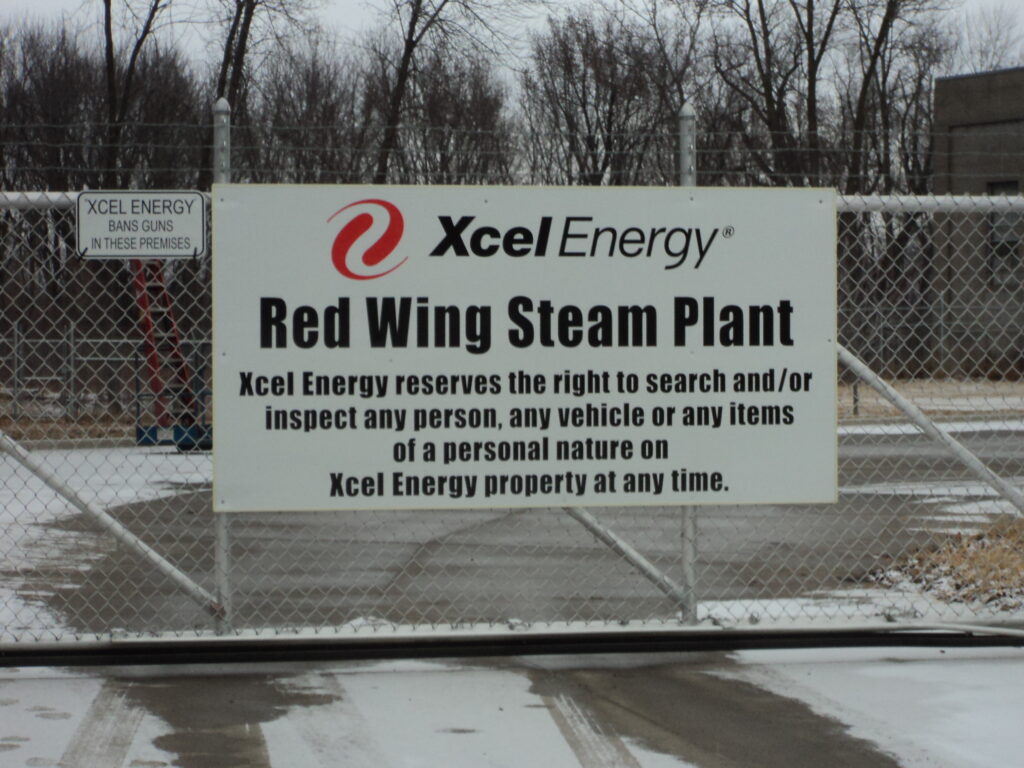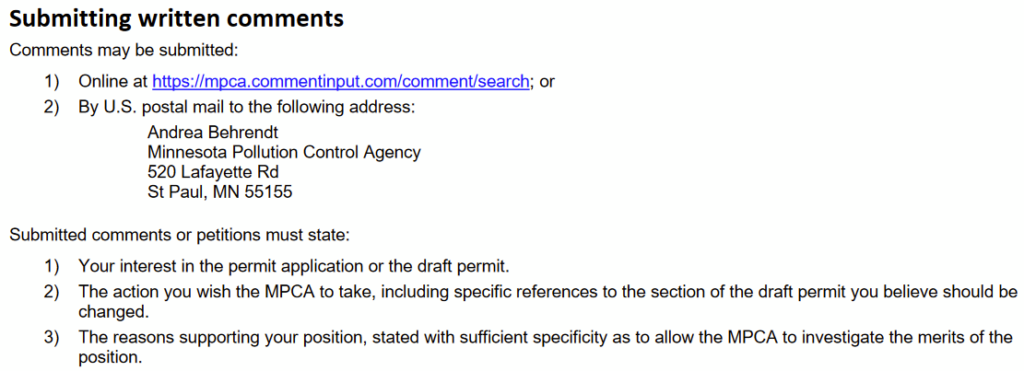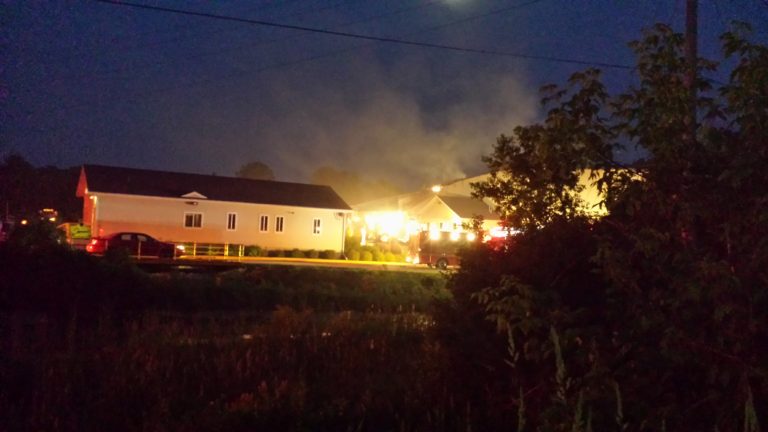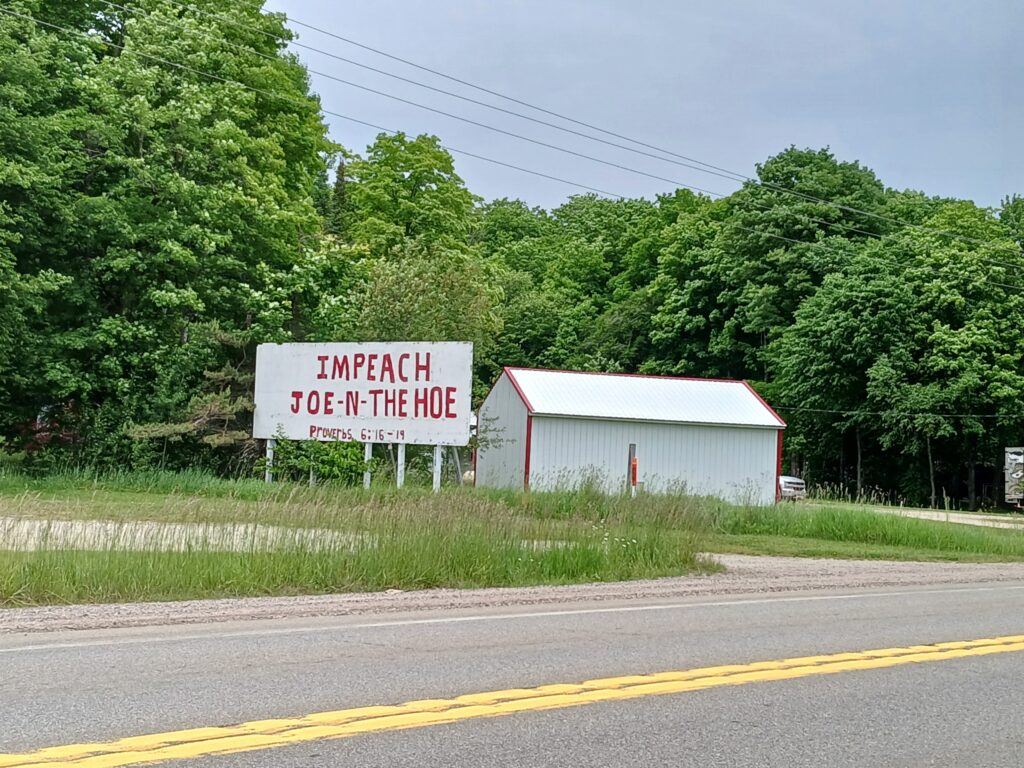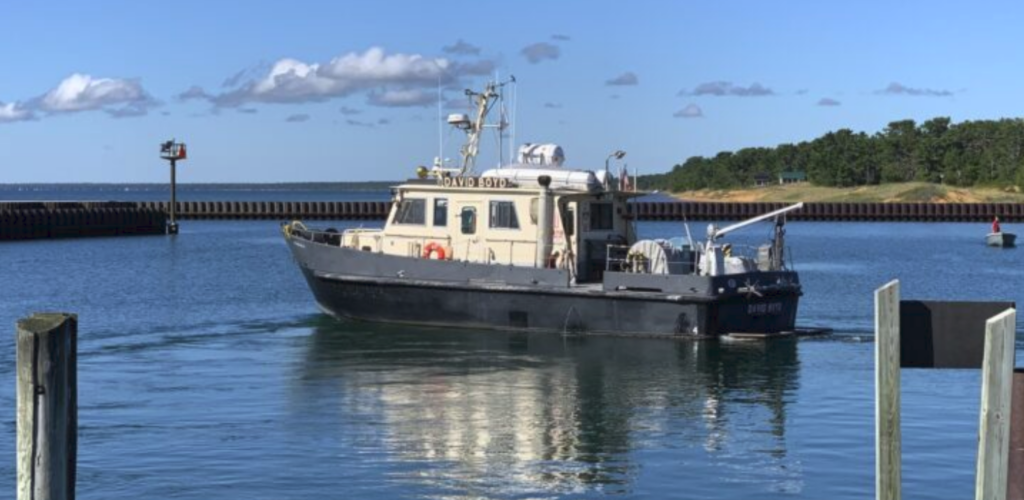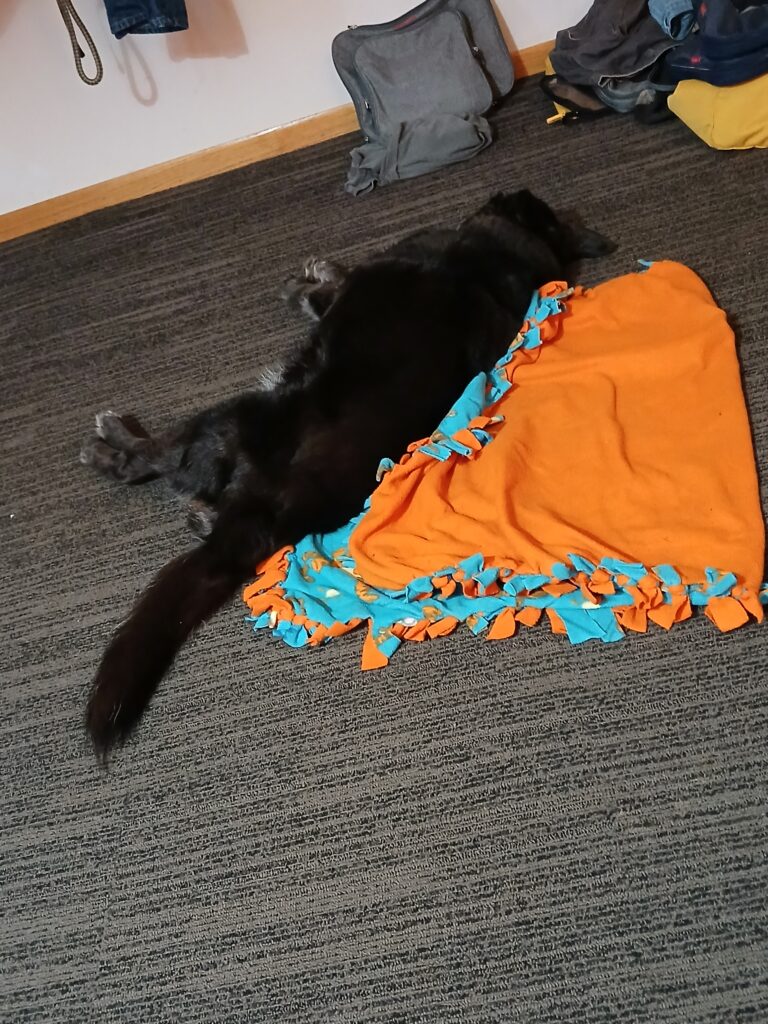Xcel IRP Comment Period Extended
June 25th, 2024
Still catching up — this extension for filing comments was issued on the 17th.
An earlier post:
Thursday’s Xcel IRP meeting at PUC October 8th, 2016
And another, with the IRP initial filings and how to get around in eDockets – there is a LOT that’s been filed:
Xcel’s new Integrated Resource Plan February 5th, 2024
Xcel’s Red Wing garbage burner permit up for Comment
June 24th, 2024
“Steam Plant” my fat ass…
This just in — Notice from the Minnesota Pollution Control Agency (MPCA) that the the Xcel garbage burner air permit is up for comment!
Comment period ends July 24, 2024
The documents are:
Public comment page: https://mpca.commentinput.com/?id=5GSCgR9YN
Public Notice: https://scs-public.s3-us-gov-west-1.amazonaws.com/env_production/oid333/did200071/pid_209141/project-documents/Xcel%20PN.pdf
Technical Support Document: https://scs-public.s3-us-gov-west-1.amazonaws.com/env_production/oid333/did200071/pid_209141/project-documents/Xcel TSD.pdf
From the Notice:
The public comment period is also the time to request an Informational Meeting and/or Contested Case, and the requirements are pretty specific:
Alan Muller on Red Wing incineration — from a while ago — and though the City’s incinerator has closed, the Xcel burner remains, covering us with Ramsey and Washington Counties’ garbage emissions:
Viewpoint: Truth re-evaluation of incineration long overdue
In any case, Red Wing has tried ever since to get others to subsidize its poor judgment. For example, in 2006 Red Wing passed an ordinance requiring all the garbage collected in Red Wing to be hauled to the incinerator. This caused the intervention of the Institute for Justice, which noted: “The City of Red Wing, Minn., has unconstitutionally turned its local government into a special interest protected from competition.” https://ij.org/case/pauls-industrial-garage-and-gibson-sanitation-v-city… The city lost in federal court, but in 2007 a U.S. Supreme Court decision shifted the law somewhat in favor of Red Wing’s position. https://www.supremecourt.gov/opinions/06pdf/05-1345.pdf
It’s long past time for people to wake up an assert themselves.
Has everyone forgotten an earlier Integrated Resource Plan’s pledge to shut down Red Wing and Wilmarth garbage burning by 2012??
Breakfast on Xcel
May 14th, 2008
From this post, my firsthand report:
Proverbs 6:16-19 anyone?!?!
June 24th, 2024
This sign is up at the Michigan intersection of M-28 and 123 on the way to Whitefish’s Great Lake Shipwreck Museum. Some yahoo sure picked the wrong scripture for reference!
Proverbs 6:16-19:
There are six things the LORD hates, seven that are detestable to him:
17 haughty eyes, a lying tongue, hands that shed innocent blood,
18 a heart that devises wicked schemes, feet that are quick to rush into evil,
19 a false witness who pours out lies and a man who stirs up dissension among brothers.
PUC’s David Boyd?
June 22nd, 2024
For those of you wondering what David Boyd’s been up to since he was term-limited out of the Minnesota Public Utilities Commission, wonder no more. The rest of the story turned up in Grand Marais, Michigan, the other Grand Marais. I’d taken a photo much like this, but it’s disappeared, and found this nearly identical one — here ya go:
Turns out, the “David Boyd” boat is the R.V. David Boyd, the Great Lakes Shipwreck Museum’s “finder” of sunken ships:
So close, but no cigar!
It’ll be good to get home!!
June 20th, 2024
Didn’t expect it could happen, because I’ve been so antsy, not able to get out on the road for so long, just a couple of quick transmission-road-show trips and quite a few trips out to a township that’s off the rails, couldn’t really work much with all of Alan’s leukemia treatments. The road is my last name, and I’ve not been nailed down so much for as long as I can remember, pushing 30 years?!?! But yes it did happen — I’VE HAD ENOUGH OF LIVING IN A TENT AND WILL BE SO GLAD TO GET HOME.
Since May 1st, camp-hosting for the month, and in that month, got winded and rained out on the 2nd night, lost the screen tent to that storm, and it rained at least every other day. With an inch or more of rain, the vestibule would flood, so I got some shelves and everything was off the ground, and also dug a trench, and when that wasn’t enough, dug a deeper trench and some ponds! That wasn’t enough either, and it kept raining. Other than that, the weather and life in a tent was great, an the deer liked to hang out in the field across the road. That spurt of tenting lasted until June 1, when it was time to drag everything home and “downsize” packing to what could fit in a Prius to hit the road. All necessities fit? I think Sadie would beg to differ:
On June 9, we took off on a long planned and twice canceled trip around Lake Superior, though this time, I figured it best to only try 1/2 the way around. We started with Big Bay State Park on Island:
Third time’s the charm
… then Lake Au Train campground in Hiawatha National Forest, a really nice campground. No electricity, and few people, perfect, and the pit toilets were the best ever — the camp host cleans them every day, and what a difference! Will do a campground review soon.
After a few days at Au Train, we went east, over and up to Pancake Bay Provincial Park in Ontario, where we were seriously rained out the second time, completely flooded and even water inside the main tent. That is NOT supposed to happen with a Wawona 6!!
The plan was to hit Michigan’s Van Riper State Park on the way back., butttttttt… after last Monday night’s rain, flooding us out the worst ever, because somehow rain was blown inside the tent, I think through the mesh on the Lake Superior side during the storm, it was just too much. When it was time to go Wednesday, stuff still hadn’t dried out, so we packed up wet, and canceled Van Riper and are recovering in a hotel for a couple days. Then back home and set it all up to clean up and dry off.
Will be doing campground reviews, Au Train campground and Pancake Bay still to do.
And soon, too soon, time to get back into that utility groove! Homeward bound… somebody ought to write a song…

